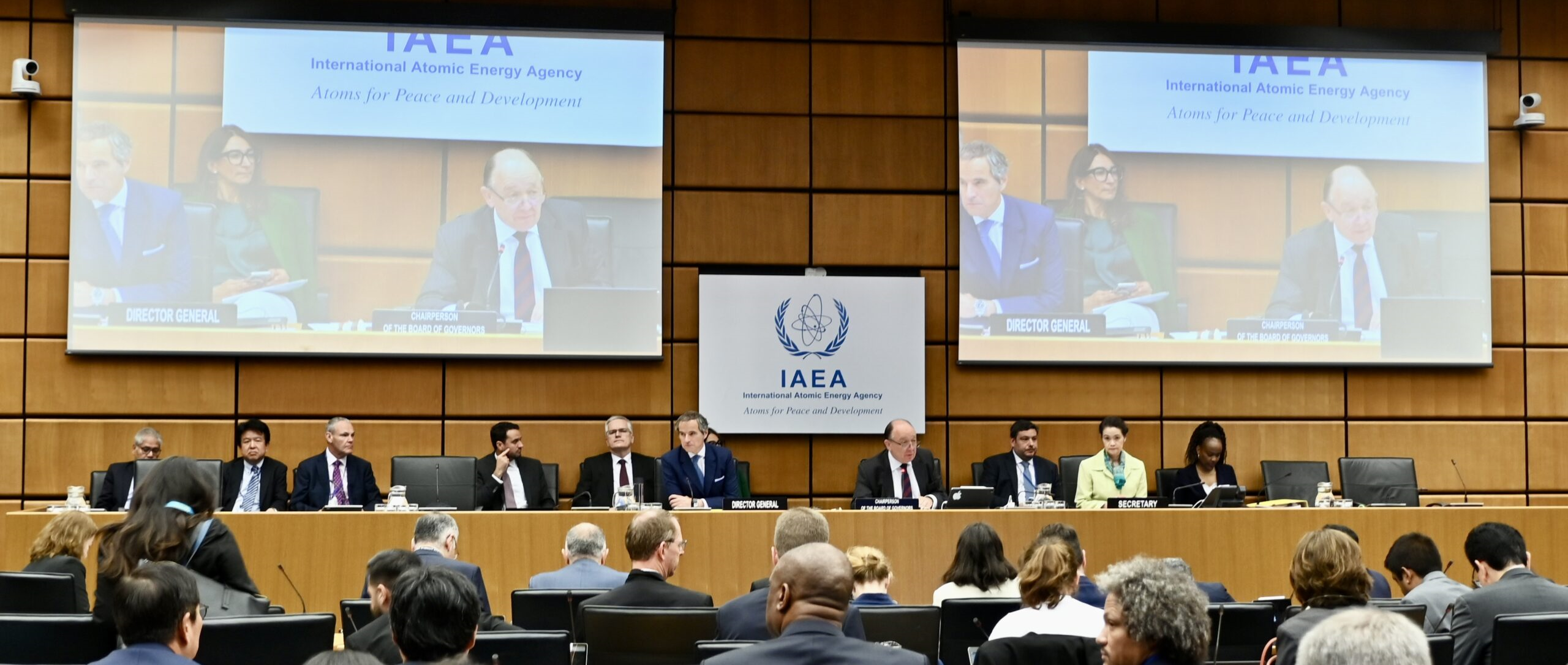International Atomic Energy Agency

Agenda - Implementing New Safeguard Measures for Nuclear Facilities
The International Atomic Energy Agency (IAEA), established on July 29, 1957, as an autonomous organization within the United Nations system, plays a crucial role in implementing new safeguard measures for nuclear facilities to prevent accidents and ensure global nuclear safety. The IAEA reports annually to the United Nations General Assembly and, when necessary, to the UN Security Council regarding non-compliance by states with their safeguards obligations. These measures include regular inspections, advanced surveillance and monitoring technologies, and stringent reporting requirements for member states. The necessity of such safeguards is underscored by the historical context of nuclear accidents. The Chernobyl disaster in 1986 resulted in the exposure of millions to high radiation levels, leading to approximately 4,000 estimated deaths from radiation-induced cancers among emergency workers and local residents. Additionally, the disaster caused significant long-term health effects, including over 5,000 cases of thyroid cancer among children and adolescents exposed to radioactive iodine. This highlights the critical need for robust safety measures to mitigate the risks associated with nuclear energy. By implementing comprehensive safeguards and continually enhancing safety protocols, the IAEA aims to prevent the recurrence of such catastrophic events and promote the safe use of nuclear technology worldwide. These efforts are vital for maintaining public health, environmental protection, and international security.
